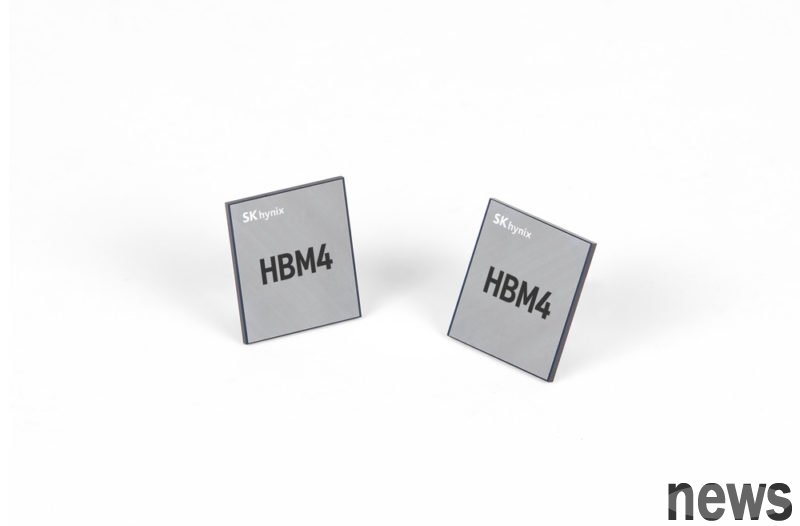
SK Hynix plans to increase its monthly DRAM production capacity to more than 600,000 pieces in the second half of next year. The industry estimates that it will reach about 620,000 pieces by the end of the year, which is close to Samsung's level of more than 600,000 pieces. This move is mainly driven by the strong demand for high-bandwidth memory (HBM) from NVIDIA, Google, etc., showing that the DRAM market is ushering in a new round of competition.
According to Korean media reports, SK Hynix's new factory "M15X" in Cheongju will be opened in the first half of 2026, with an initial monthly production capacity of about 10,000 pieces, and will gradually increase to 50,000 pieces in the fourth quarter of 2026. Based on more than 300,000 pieces per month in 2023, production capacity has almost doubled in three years.
It is worth noting that about 30% of DRAM production capacity is currently invested in HBM production. As the number of stacking layers continues to increase, the consumption effect of HBM on production capacity will be more significant. Industry estimates indicate that by 2027, SK Hynix may have as much as 40% of its DRAM production capacity dedicated to HBM, further pushing up DRAM prices.
Samsung Electronics has also accelerated its pace, focusing on production expansion at the Pyeongtaek P4 plant, and has placed large-scale equipment orders. As HBM4 development advances and DRAM prices rebound, the market expects Samsung to become NVIDIA's second supplier of HBM4.
As for NAND, SK Hynix will maintain a cautious strategy next year and focus on process conversion. The overall wafer production volume is expected to be reduced compared with this year. Although demand for enterprise-class SSDs (eSSDs) is gradually recovering, mobile applications have not yet recovered significantly. In addition, competitors such as Japan's Kioxia plan to expand production, and the strength of the market price rebound is still unstable.
Industry insiders pointed out that the current gross profit margin of NAND is much lower than that of DRAM. With limited factory resources, manufacturers will naturally give priority to investing in DRAM. However, he also added that if new applications drive demand for high-end NAND in the future, NAND investment strategies may still be adjusted.
As AI accelerates the growing demand for HBM, DRAM investment is rising rapidly. Although NAND tends to be conservative in the short term, the market is also concerned about whether there will be a turnaround driven by emerging technologies. In particular, High Bandwidth Flash (HBF), known as the "second HBM", is expected to become the core configuration of AI accelerators alongside HBM, supplementing capacity while taking into account cost-effectiveness.
SK하이닉스, 내년 D램 CAPA ’62만장’까지 확대